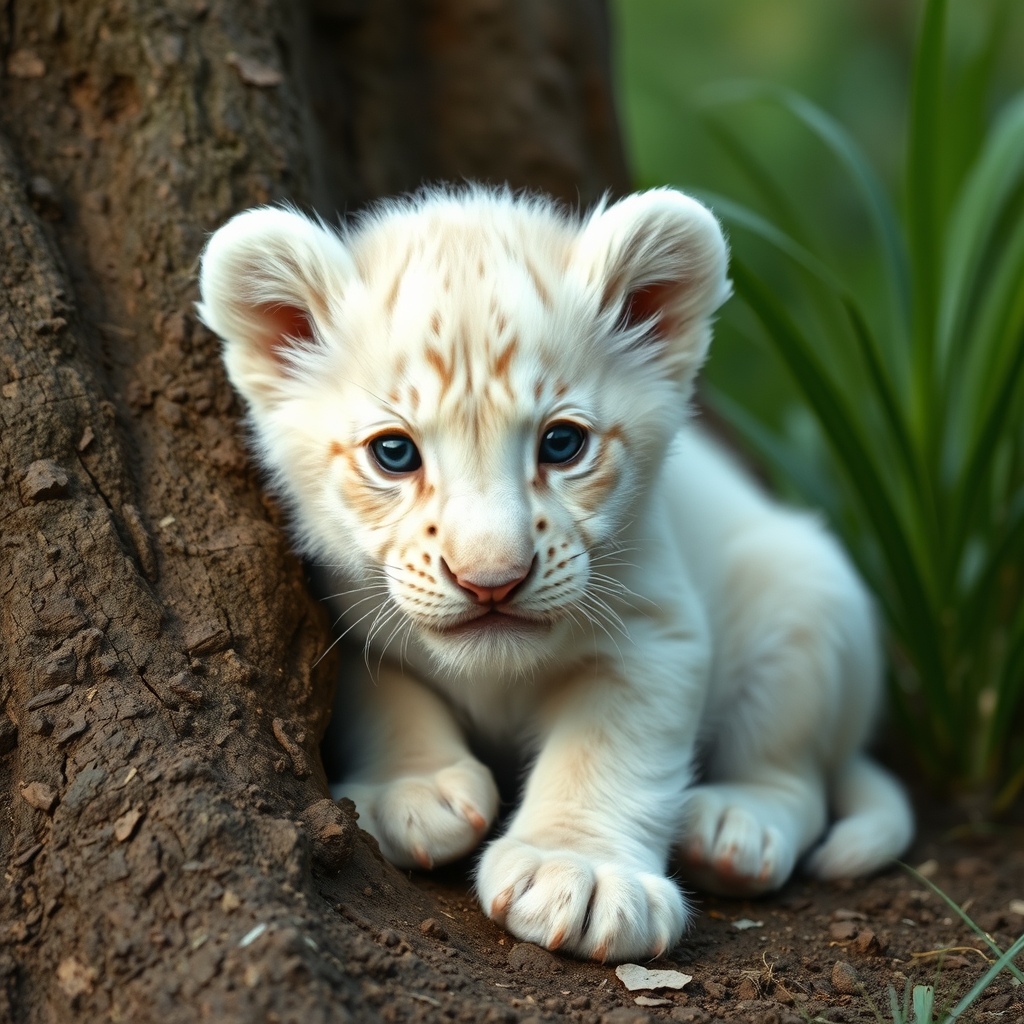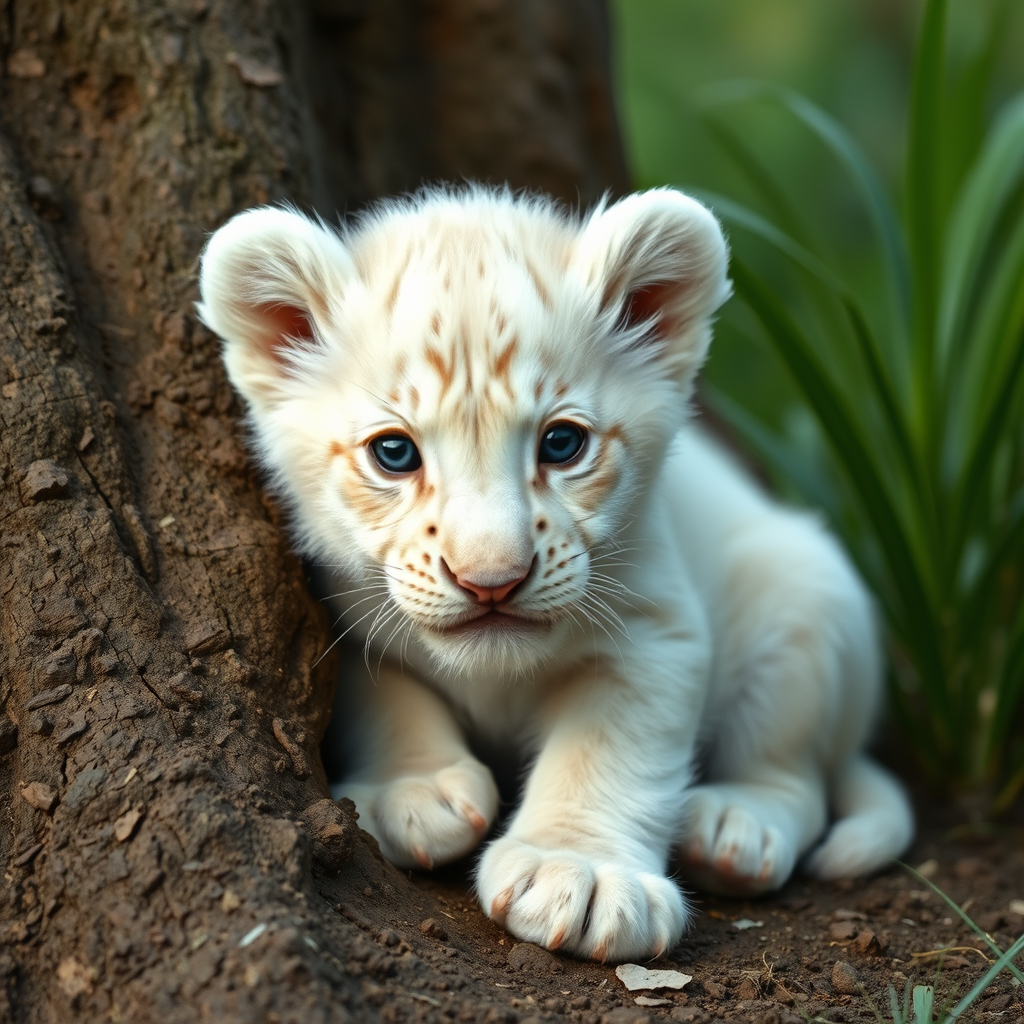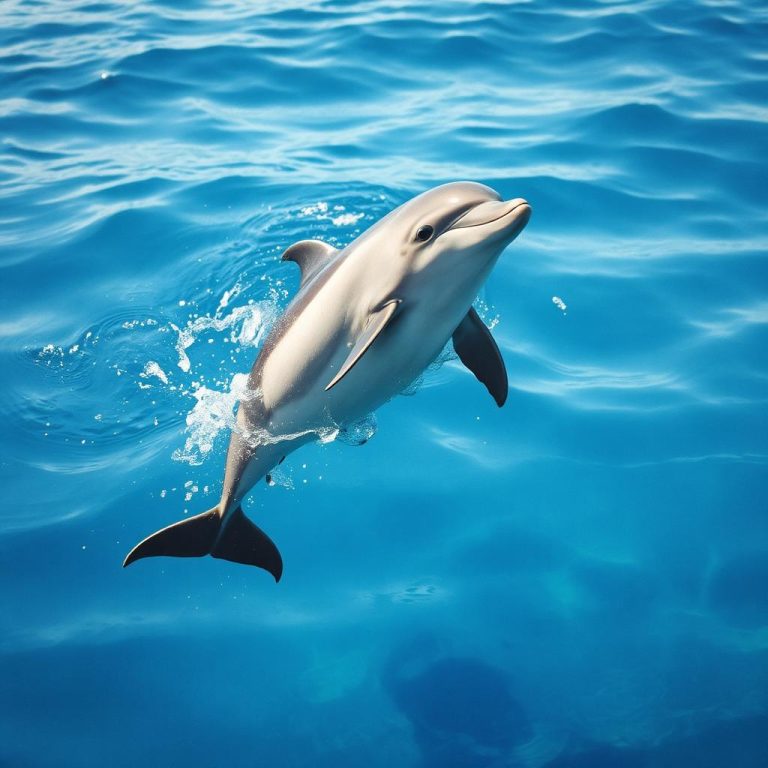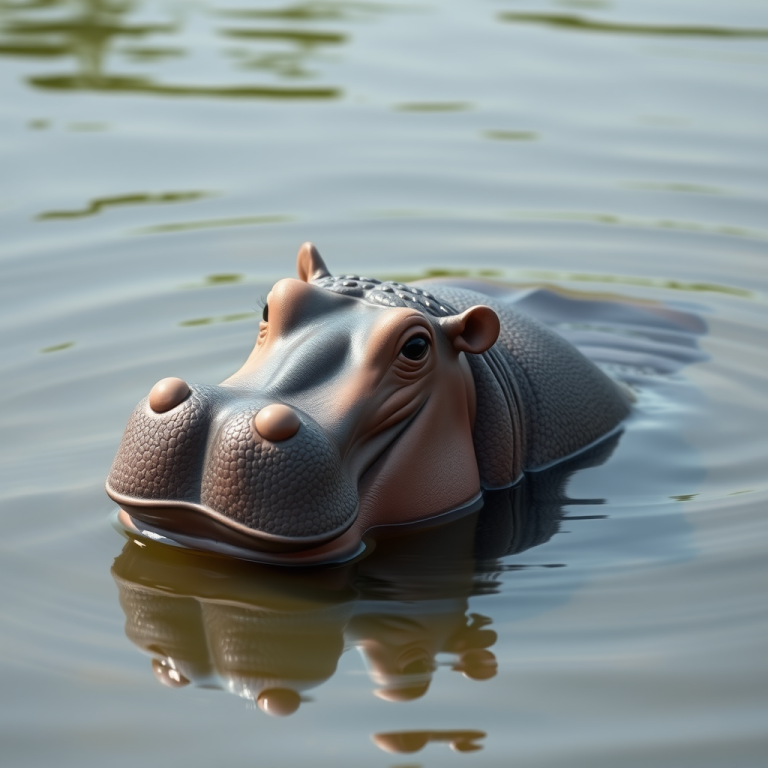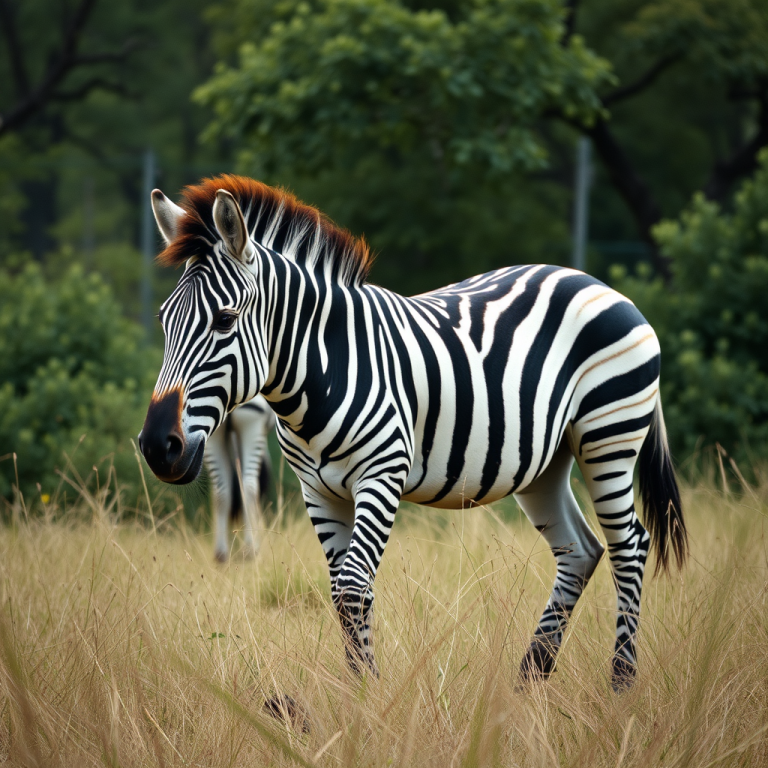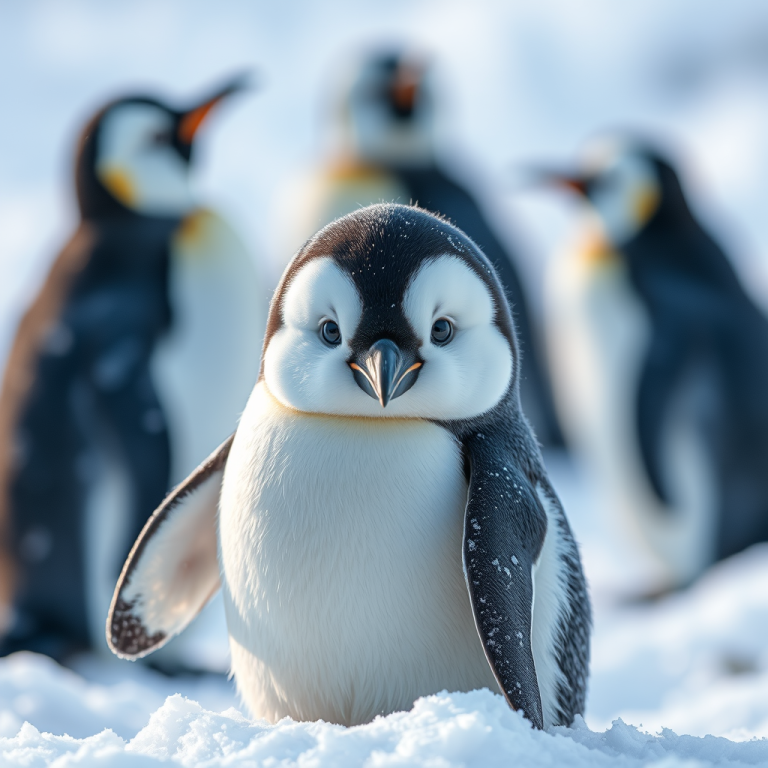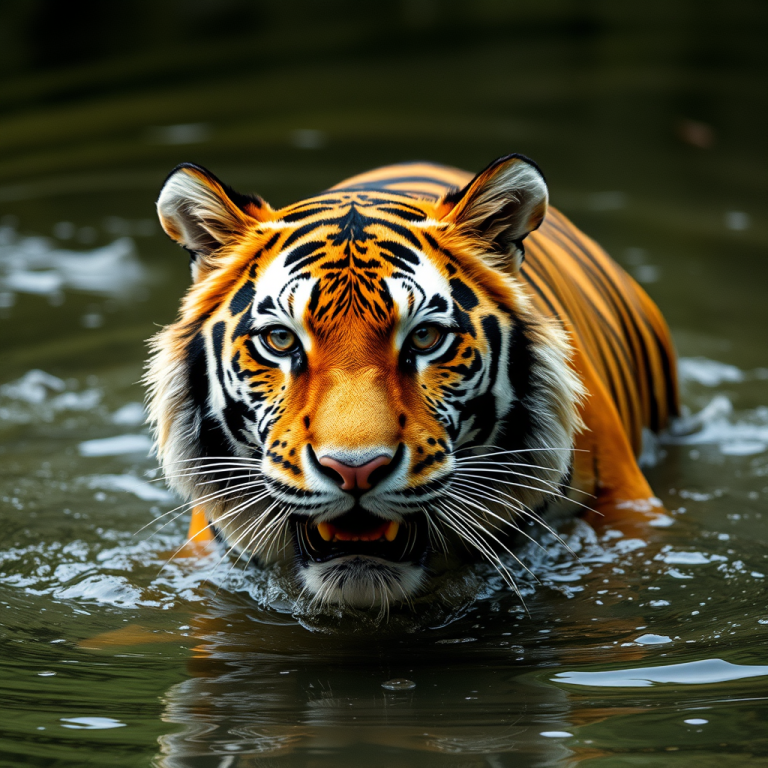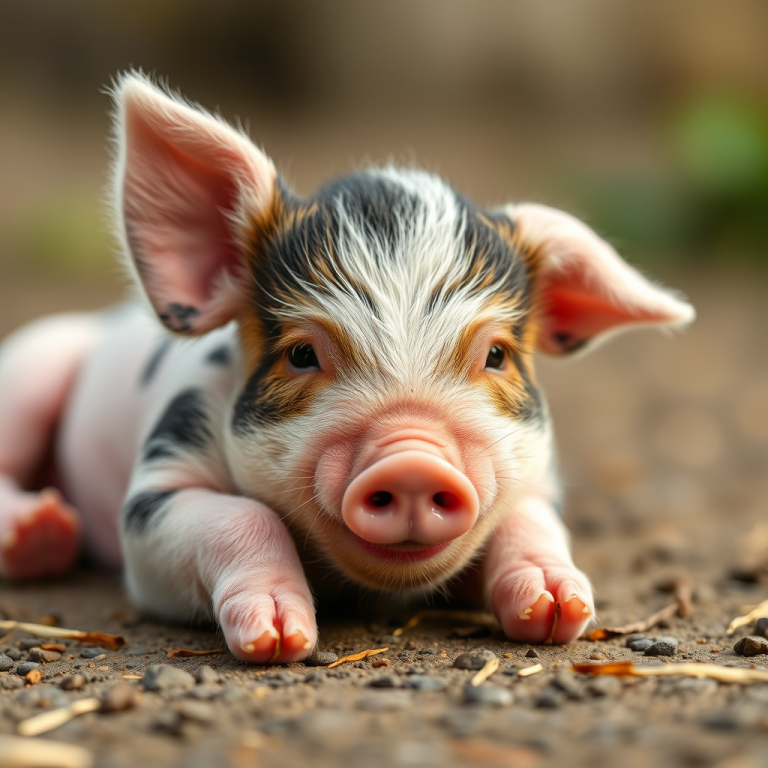Rare Royalty: Small White Lion Cubs and Their Hidden World
White lion cubs look like something out of a dream. With their creamy fur, pale blue or gold eyes, and soft, rounded faces, they don’t just stand out—they glow. These tiny cubs aren’t albino, but they carry a rare genetic trait that gives them their snow-colored coat. And while they may look delicate, they come from one of the fiercest and most iconic animals in the world: the African lion.
White lions are symbols of power and purity, but their cubs are also playful, wild, and curious—just like any other baby animal in the wild.
Where Do White Lion Cubs Come From?
White lions are not a separate species. They’re a genetic variation of the African lion, specifically from the Timbavati region in South Africa. Their white coat is the result of a recessive gene known as a color inhibitor. It causes their fur to lack pigment, giving them that stunning, pale look.
Both parents must carry this gene for a cub to be born white. That’s why white lion cubs are so rare in the wild. Most sightings have been in protected reserves or conservation programs where breeding is carefully monitored.
What Are White Lion Cubs Like as Babies?
At birth, white lion cubs are tiny—usually weighing less than four pounds. Their fur is soft and light cream-colored, with barely visible spots that fade as they grow. Their eyes are usually shut for the first week, and they rely fully on their mother for warmth, protection, and milk.
As they grow, their personalities start to shine through. White lion cubs are playful, full of energy, and often clumsy when learning to walk and pounce. They spend a lot of time roughhousing with their siblings, practicing hunting skills through play.
Cubs start eating meat at around 8 weeks old but continue to nurse for several months. By six months, they’re already showing signs of independence, although they’ll stay with their pride until they’re at least two years old.
How Rare Are They?
Extremely. In the wild, only a few dozen white lions are believed to exist, and most live in protected areas. In captivity, the numbers are a bit higher due to breeding programs, but even then, they’re considered incredibly rare.
Because of their beauty, white lions were once captured and taken to circuses or private collections, which hurt their wild populations. Thankfully, conservation groups today are working to protect them in natural habitats where they can live as lions should—wild and free.
Are They Treated Differently in the Pride?
Surprisingly, no. White lion cubs blend into the pride just like tawny cubs. Lions rely more on scent and behavior than color when recognizing each other, so the pride doesn’t treat them any differently. That said, their pale fur does make it harder for them to hide when stalking prey or avoiding danger as young cubs, which is part of why survival in the wild is harder for them.
But with the protection of their pride—and often human conservationists—they still thrive and grow into strong, stunning adults.
What Do They Eat and How Do They Learn?
As they grow, white lion cubs begin eating what the pride eats: meat from hunts, such as zebra, antelope, or buffalo. At first, they nibble and play with food, but by a few months old, they develop strong jaws and teeth to tear into meat just like the adults.
They learn by watching. Cubs observe their mothers, aunts, and older siblings during hunts. They practice stalking, chasing, and wrestling with each other. These little “games” are crucial training for the future—helping them sharpen reflexes, build strength, and understand group behavior.
Final Thoughts
White lion cubs are living wonders—rare not just because of their color, but because of the wild legacy they carry. Behind their soft fur and gentle gaze lies the heart of a future predator, a leader, a symbol of strength. To see one is unforgettable. To protect one is powerful. They remind us that nature still holds secrets, beauty, and magic worth fighting for.
If you’re curious about the wonders of wildlife, stick around—there’s a whole world to explore at Wonder of Wild.
